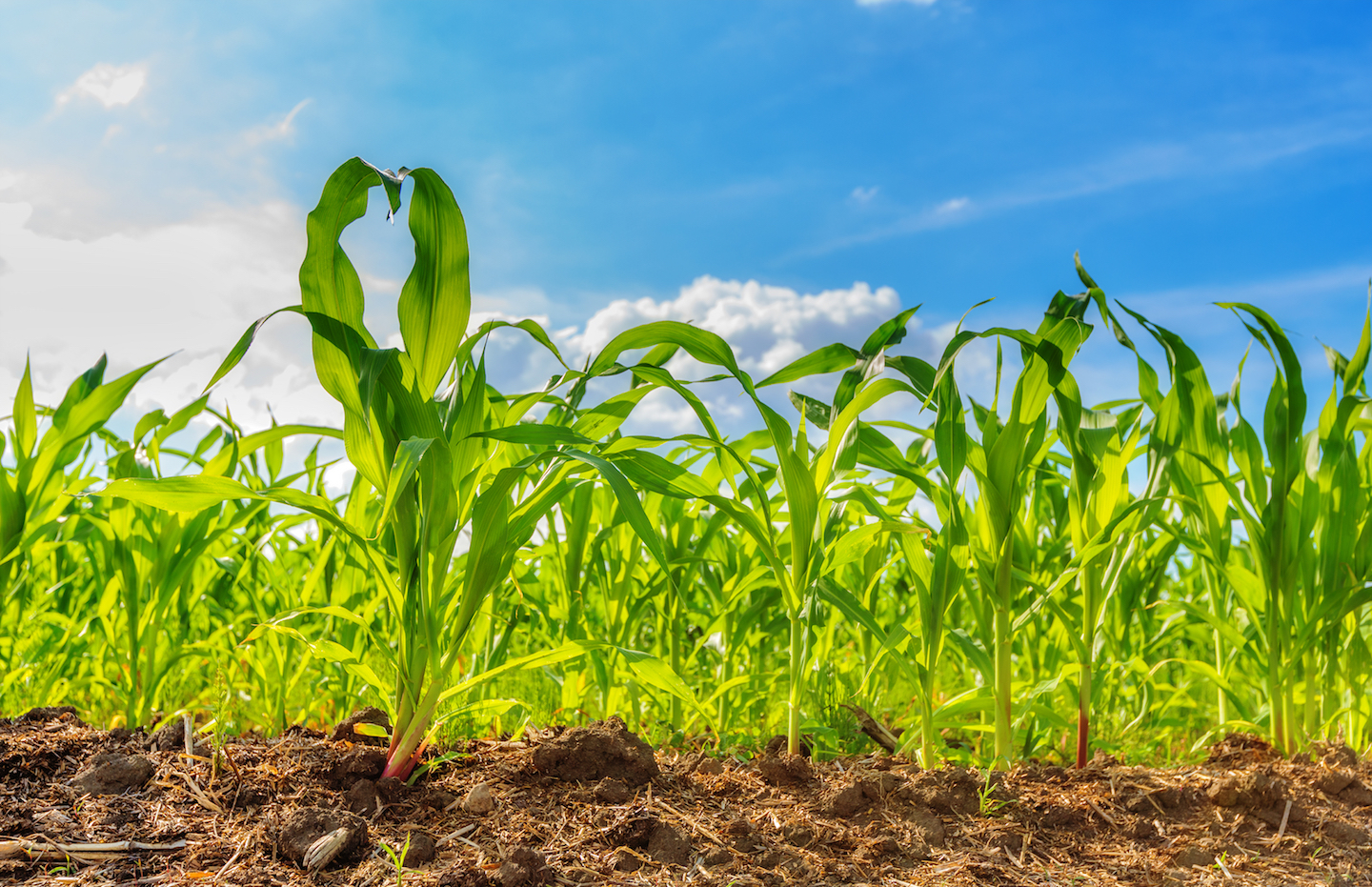
Plants talk to each other through the soil to determine growth
While plants may not have mouths to talk or hands to sign with, they are still able to communicate with each other. In fact, plants have complex chemical systems of communication, with many of their messages coming as chemicals secreted by roots in the soil. These chemical signals are then detected by other plants through their root systems. Secretions made by plants can tell whether or not their neighboring plants are relatives or strangers, and help them direct their growth accordingly.
Now, researchers from the Swedish University of Agricultural Sciences have reported in the open-access journal PLOS ONE that corn seedlings that grow close together give off underground signals that affect the growth of neighboring plants. For the study, the researchers stressed corn seedlings and assessed any growth changes that occurred in nearby siblings.
The researchers brushed corn leaves in order to simulate the touch of a nearby plant leaf, then collected the chemicals secreted by the roots in the seedling’s growth solution. When they transferred new plants into that same solution, the plants directed their resources into growing more leaves and fewer roots than control plants.
They also tested to see if newly germinated corn seedlings could detect differences in growth solutions from plants that had been touched versus those that were undisturbed. Observations showed that the seedling’s primary root grew preferentially toward solutions from untouched plants, which suggests that the seedling could differentiate between the two solutions.
In the study, the researchers also determined that even small disturbances aboveground can influence changes in the underground communication that causes nearby plants to alter their growth.
“Our study demonstrated that changes induced by above ground mechanical contact between plants can affect below ground interactions, acting as cues in prediction of the future competitors,” says lead author Velemir Ninkovic.
The authors also stress that other researchers should take these findings into account, as touching plants during an experiment could potentially alter how the plants and their neighbors act during the study.
—
By Connor Ertz, Earth.com Staff Writer













